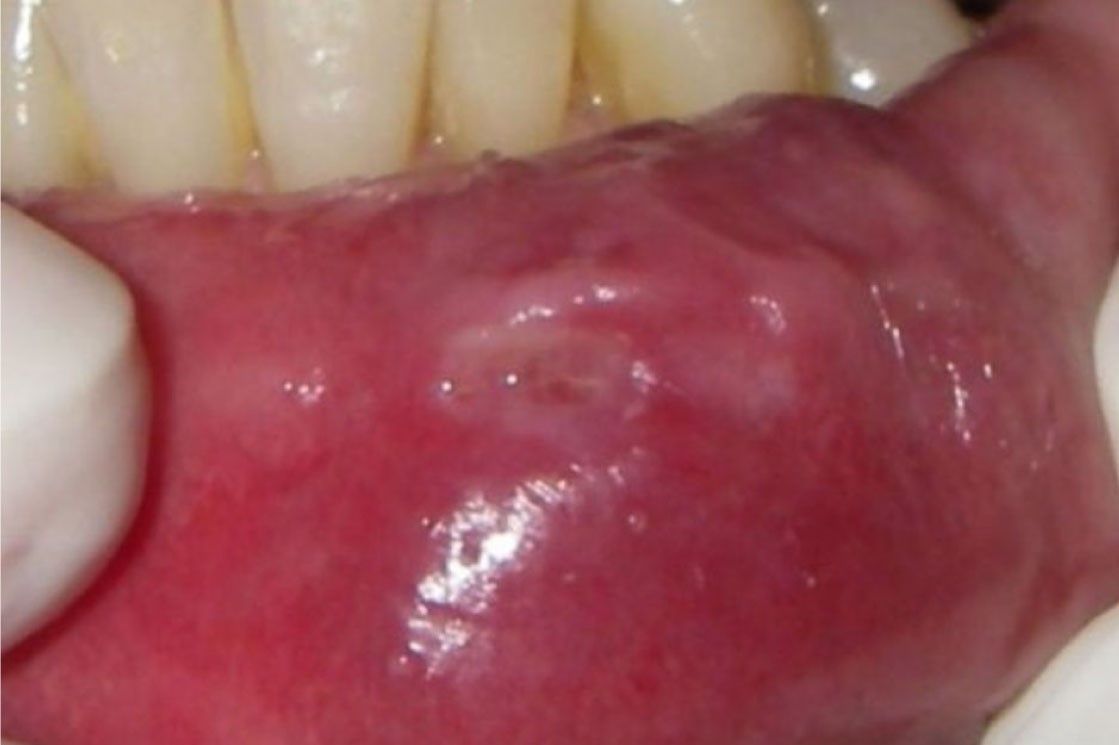
Oral cancer: the importance of prevention
Smoking, alcohol, papillomavirus and poor oral hygiene are among the main causes of oral cancer
Despite the urgency of the issue and the important developments in diagnosis and treatment techniques achieved, social awareness is fairly low.
Fortunately, early detection of this type of cancer is simple and does not require invasive methods.
Tumours of the oral cavity: what they are
The oral cavity consists of the lips, tongue, palate, gums, cheeks and floor (i.e. the lower part of the mouth).
Any tumours of the oral cavity therefore affect one or more of these areas.
These tumours often “arise” from swellings and growths, white or reddish lesions and wounds, often ulcerated and painful, that do not heal spontaneously.
Tumours of the oral cavity: what are the symptoms?
Some of the most obvious symptoms of oral cavity lesions – which may indicate the presence of a tumour – include:
- pain and ulceration of the area
- presence of blood;
- pain when resting, swallowing and/or chewing, which may radiate to the ear;
- difficulty in swallowing
- difficulty in chewing;
- difficulty in articulating speech.
It is common for affected patients to progressively begin to have difficulty eating, lose weight and become debilitated.
Oral cancers: What are the risk factors?
The average age of onset of oral cancer is around 50-60 years, for both men and women.
The most common risk factors for this type of cancer include:
- smoking;
- alcohol use and abuse;
- poor oral hygiene;
- certain viruses, such as HPV (Human Papilloma Virus);
- oral lichen planus;
- chronic microtrauma of the mucous membrane in the mouth, perhaps due to dentures;
- a diet low in fruit and vegetables.
Fortunately, most of these risk factors are modifiable.
Preventing oral cancer:
A correct lifestyle is the first weapon in the prevention of oral cancer.
If the patient has one or more risk factors, he or she should undergo regular ENT check-ups.
It is also important to stop smoking, reduce or eliminate alcohol intake, eat a balanced diet rich in fruit and vegetables and maintain good oral hygiene.
The importance of early diagnosis
In order to make a diagnosis, it is essential to carry out a history and a full ENT examination. Often the dentist will refer the patient to the specialist for suspicious lesions that need to be investigated.
Early diagnosis is simple and does not require invasive methods.
By opting for conservative surgery, destructive treatment can be easily avoided, treatment and rehabilitation costs are reduced and survival rates increase by up to 80%.
Read Also:
Emergency Live Even More…Live: Download The New Free App Of Your Newspaper For IOS And Android
Epidermolysis Bullosa And Skin Cancers: Diagnosis And Treatment
What Is Angiosarcoma? Symptoms, Diagnosis And Treatment Of This Rare Form Of Cancer


